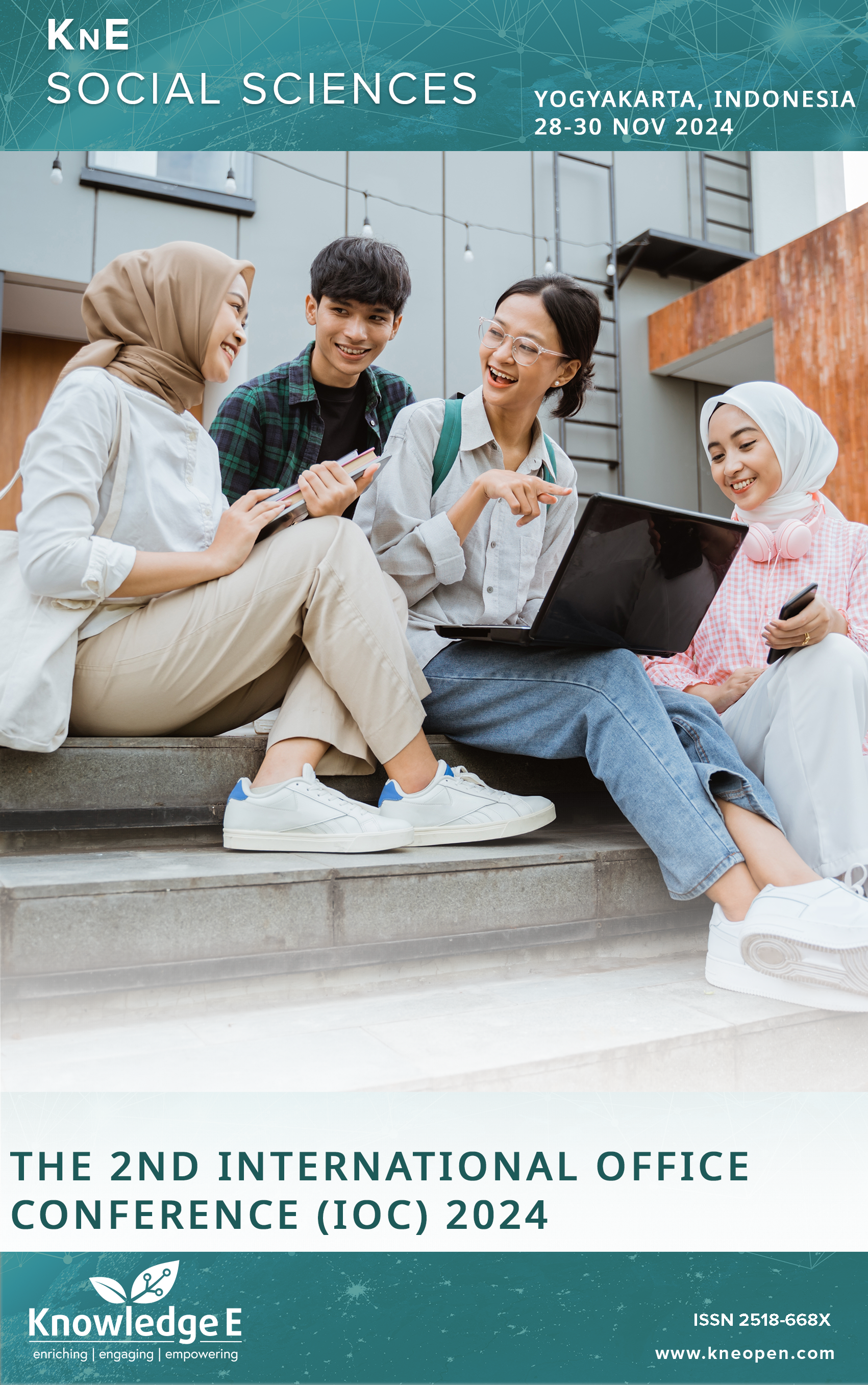Student Perceptions and Experiences of Internationalization Initiatives at Universitas YARSI
DOI:
https://doi.org/10.18502/kss.v10i24.19799Keywords:
higher education, internationalization, student experiences, student perceptionsAbstract
This qualitative research investigates students’ experiences and the perceptions of Universitas YARSI regarding the activities of university internationalization. Thematic analysis of a focus group discussion (FGD) with students of different faculties found that students predominantly perceive the internationalization process as an important step forward to improve the university’s global reputation and equip the students with important experience of working with international standards and practices. They view it as a way to access the opportunities of partnering with universities and researchers abroad. Nonetheless, students also stressed the substantial difficulties in continuing to participate in internationalization activities. Financial constraints, including travel and accommodation costs, emerged as a major obstacle. Furthermore, students indicated the desire to receive more support and recognition from the university on behalf of the internationalization project. Administratively and bureaucratically challenging factors, such as visas, were also reported as obstacles. To enhance internationalization efforts, students proposed several solutions. They requested more funding and backing from the university, such as financial aid. They further stressed the importance of increased communication and publicity of the university’s programs and resources through social media and the university’s website. In addition, it was pointed out that students thought it was important to simplify administrative procedures to make enrolment simpler, and that building partnerships for giving credit for study abroad was suggested. These results highlight the validity of the university’s internationalization efforts in relation to student needs and expectations. Through the recognition of the existing challenges and the application of the presented solutions, Universitas YARSI will be a better inclusive and supportive context to facilitate participation in internationalization activities to finally contribute to the vision of Universitas YARSI as a globally recognized institution.
References
[1] Spitzer L, Zhou J. (2018). Retaining International Faculty: Meeting the Challenge. In Global Research in Higher Education (Vol. 2, Issue 1, p. 46). https://doi.org/10.22158/grhe.v2n1p46.
[2] Suguku D. (2023). Pillar of Internationalization in Higher Education: The Contribution of International Collaborations and Online Delivery Approaches to Internationalization in HEIS. In SHS Web of Conferences (Vol. 156, p. 5004). EDP Sciences. https://doi.org/10.1051/shsconf/202315605004.
[3] Alhalwaki H, Hamdan A. (2018). Factors affecting the implementation of internationalisation strategies in higher education institutions: evidence from Bahrain. In International Journal of Management in Education (Vol. 13, Issue 1, p. 1). Inderscience Publishers. https://doi.org/10.1504/IJMIE.2019.096474.
[4] do Amaral CC, Romani-Dias M, Walchhutter S. International Brazilian Students: Motivators, Barriers, and Facilitators in Higher Education. In: Open SA, editor. Issue 1. Volume 12. SAGE Publishing; 2022. p. 215824402210880.
[5] Acar E. (2016). Faculty Perception on International Students in Turkey: Benefits and Challenges. In International Education Studies (Vol. 9, Issue 5, p. 1). Canadian Center of Science and Education. https://doi.org/10.5539/ies.v9n5p1.
[6] Cao Y, Li X, Jiang A, Kang B. (2014). Motivators and Outcomes of Faculty Actions towards International Students: Under the Influence of Internationalization. In International Journal of Higher Education (Vol. 3, Issue 4). Sciedu Press. https://doi.org/10.5430/ijhe.v3n4p49.
[7] Sá MJ, Serpa S. (2020). Cultural Dimension in Internationalization of the Curriculum in Higher Education. In Education Sciences (Vol. 10, Issue 12, p. 375). Multidisciplinary Digital Publishing Institute. https://doi.org/10.3390/educsci10120375.
[8] Spencer-Oatey H, Dauber D. (2019). Internationalisation and student diversity: how far are the opportunity benefits being perceived and exploited? In Higher Education (Vol. 78, Issue 6, p. 1035). Springer Science+Business Media. https://doi.org/10.1007/s10734-019-00386-4.
[9] Ammigan R, Jones E. (2018). Improving the Student Experience: Learning From a Comparative Study of International Student Satisfaction. In Journal of Studies in International Education (Vol. 22, Issue 4, p. 283). SAGE Publishing. https://doi.org/10.1177/1028315318773137
Published
How to Cite
Issue
Section
License
Copyright (c) 2025 Fitri Arlinkasari, Maulidiana Sakinah, Ais Wulandari, Afaq Zuhal Laili Rofi Badri

This work is licensed under a Creative Commons Attribution 4.0 International License.

